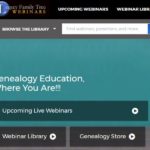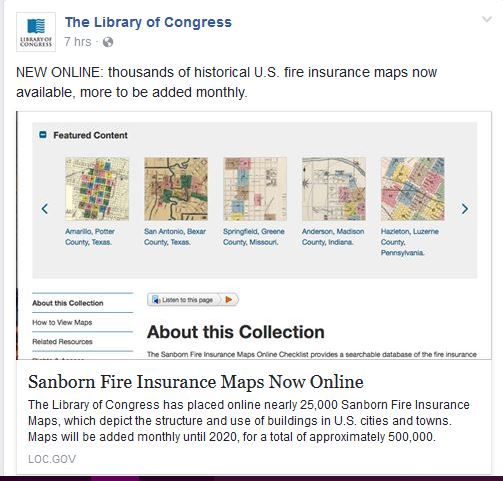This afternoon I set aside a couple hours for my own research. I rechecked a specific database on Ancestry.com, U.S. Passport Applications, 1795-1925.
Once again, I searched all my ancestral and collateral surnames from that time period. Whose passport did I find? Nobody’s. Zilch. Nada. Nothing. Nil. Zero. I know that passports were not required during those years, but even individuals in the family who were traveling outside the U. S. during those years did not appear.
I switched the search to some of my niece’s ancestors and up popped the surprise, a passport for her Great Great Great Grandfather Theodorus B. Dubois. He stated that he was born in New York City on 11 February 1822. He applied for the passport on 6 April 1870. The year of birth matches other records. His signature is easy to read!

He was a ship’s captain and traveled all over the world. He had service in the U.S. Navy during the Civil War. His widow’s pension is on Fold3.com. The details that record holds are voluminous including much on his widow’s (Elizabeth Marfing) family.
At the bottom of the passport application is a physical description of Captain DuBois. He was 5’5″ tall, had brown eyes and dark brown hair and a beard but no color was listed for that. He had a full face, thick nose, high forehead, and a florid complexion.
The amount of information found for this man continues to amaze me. He was 6 when his father died (Thomas Koert DuBois) and 14 when his mother died (Sarah Ann Corwin). A descendant has done DNA testing and now we await the results.


